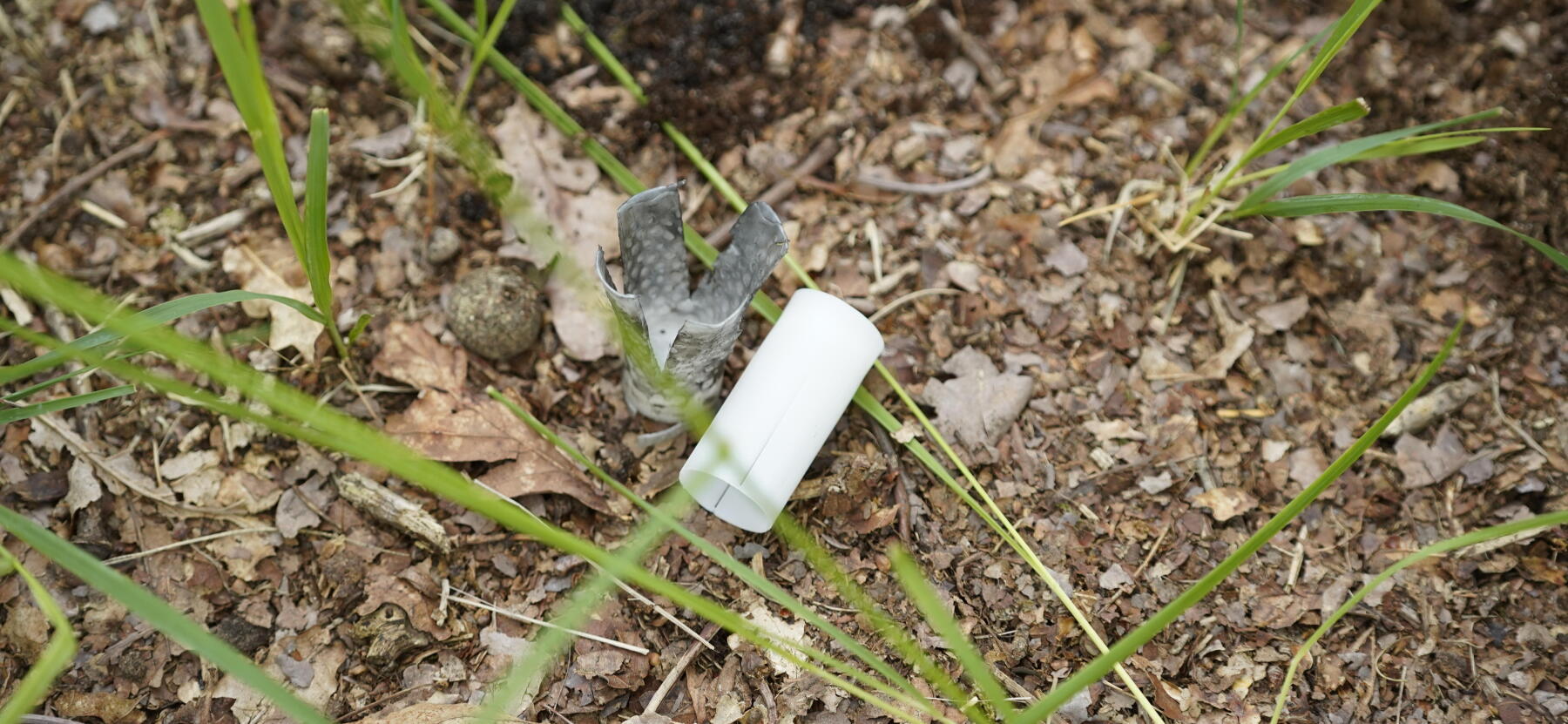Eco-design wad
This project clearly falls under our aim to better preserve our hunting grounds in order to reduce the impact we have on our environment. It took almost three years to be able to find a solution, but now we can say that our eco-designed wad addresses our main concerns: reducing our environmental impact.






